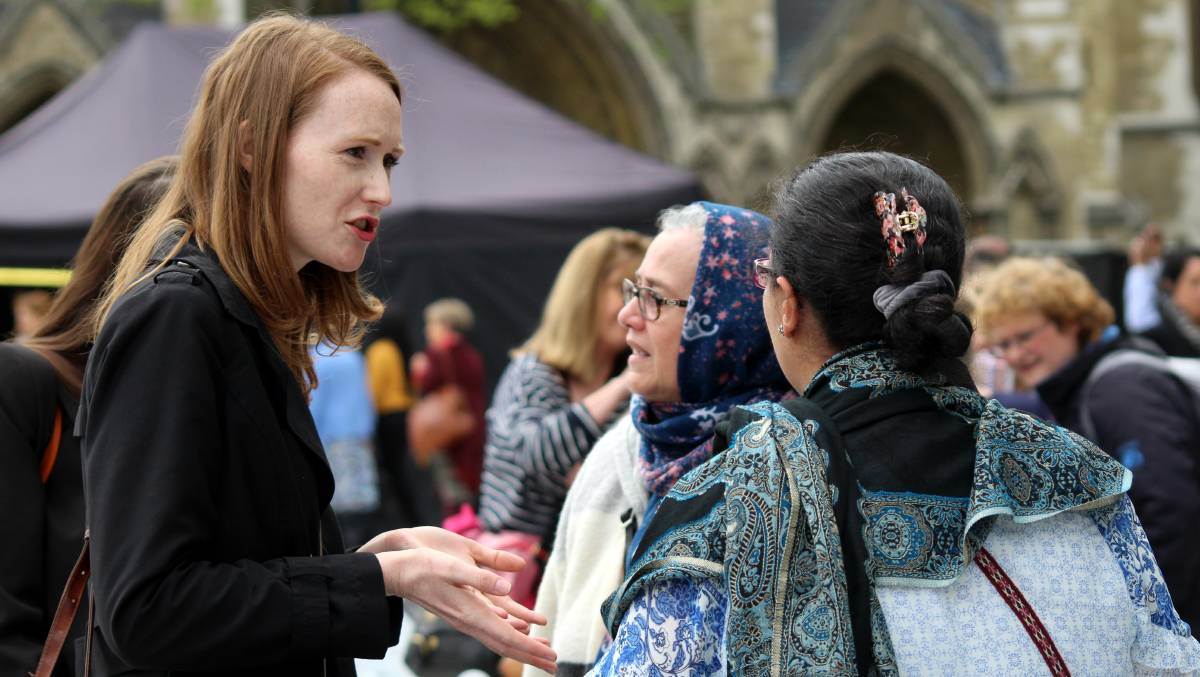The fallout from the Labor preselection for the seat of Fowler has kickstarted a wider conversation about the lack of cultural diversity within Australian politics. While it grabbed the public’s attention, the problem is far bigger than the internal machinations around one preselection, and goes beyond any single party.
Australia is a far more culturally diverse country than it was 20 years ago, but our institutions have not kept up. The fact is one in five Australians have non-European overseas heritage, but less than one in 20 of our federal parliamentarians do. Our state parliaments are better, but not by that much.
The debate about underrepresentation in Australian politics cannot be separated from global discussions. The moment we are currently in prioritises diverse representation. It goes beyond party politics to everyday popular culture across the English-speaking world – even Marvel superhero films are not exempt. Representation is no longer seen as an add-on; it is now expected.
People are looking at comparable countries right now – whether it’s the United Kingdom, Canada, New Zealand or the United States – and asking why we are so far behind when it comes to our parliament reflecting our society. It is not a left-right partisan issue either, with the British Conservative Party appearing miles ahead of Australian Labor when it comes to how culturally diverse their party room is.
Despite growing recognition that greater diversity leads to better outcomes and underrepresentation is a problem, what is less obvious is the pathway forward. Targets or quotas are often raised in debates, but rarely get beyond being abstract talking points because of their complexity.
Change will not happen overnight, but there are practical steps that political parties can immediately take – namely data collection and investing in culturally diverse talent pipelines. They are not as attention-grabbing as quotas, but form the building blocks for wider systemic change.
Prioritising collecting and publishing data on the cultural diversity of candidates and key internal party positions needs to be the first step. No Australian political parties do this in any systemic manner. Without data, the extent of the problem and the success of any initiatives cannot be measured, and we will be stuck. For those who advocate targets, let alone quotas, any talk is moot without data.
The second step is developing a pipeline of diverse talent and supporting infrastructure. There have been some initiatives – for example, a pilot Diversity Fellowship run by Victorian Labor – but there is much more that can and should be done by all political parties to prioritise diversity.
Drawing on best practice overseas, parties need to actively identify and invest in culturally diverse candidates early on. There are lessons to be learnt from initiatives such as the Conservative Party A-List or British Labour’s Future Candidates Programme. These would complement already-existing programs outside party structures, whether it be through women in politics programs or other candidate training courses.
The focus cannot be limited to candidate selection either, because the talent pipeline cannot be separated from a political party’s wider ecosystem. Party structures are needed that ensure formal representation. This is a common occurrence overseas, whether it be BAME Labour in the United Kingdom or Pasifika representation built into the structure of New Zealand Labour, with a guaranteed place in key party decision-making forums.
Diversifying the ranks of staffers is also necessary, given the professionalised nature of politics. Many MPs have previously worked as staffers. Work needs to be done mapping staffer diversity and getting parties to prioritise diversity in staff recruitment, training, promotion and retention. It requires breaking down barriers through programs that recommend potential staff from diverse backgrounds, who may have the skills and interest to work in political roles but not the pre-existing personal relationships.
Given politics is often about personal relationships, networks do matter. Formally supporting and resourcing networks for staffers from culturally diverse backgrounds is one option. Equivalent models already exist such as the Elizabeth Reid Network for former and current Labor women advisers.
All political parties need to realise the necessity of this work, and that it is not optional. Australia is at least a decade, if not two, behind comparable countries in recognising the need for greater cultural diversity in politics. This conversation will grow whether they like it or not, and it is not going away.
Australia is at the beginning, not the end, of this conversation. Political parties who do take diversity seriously will not only make better decisions, they will have a better chance of winning and staying in power.
Osmond Chiu in The Canberra Times

